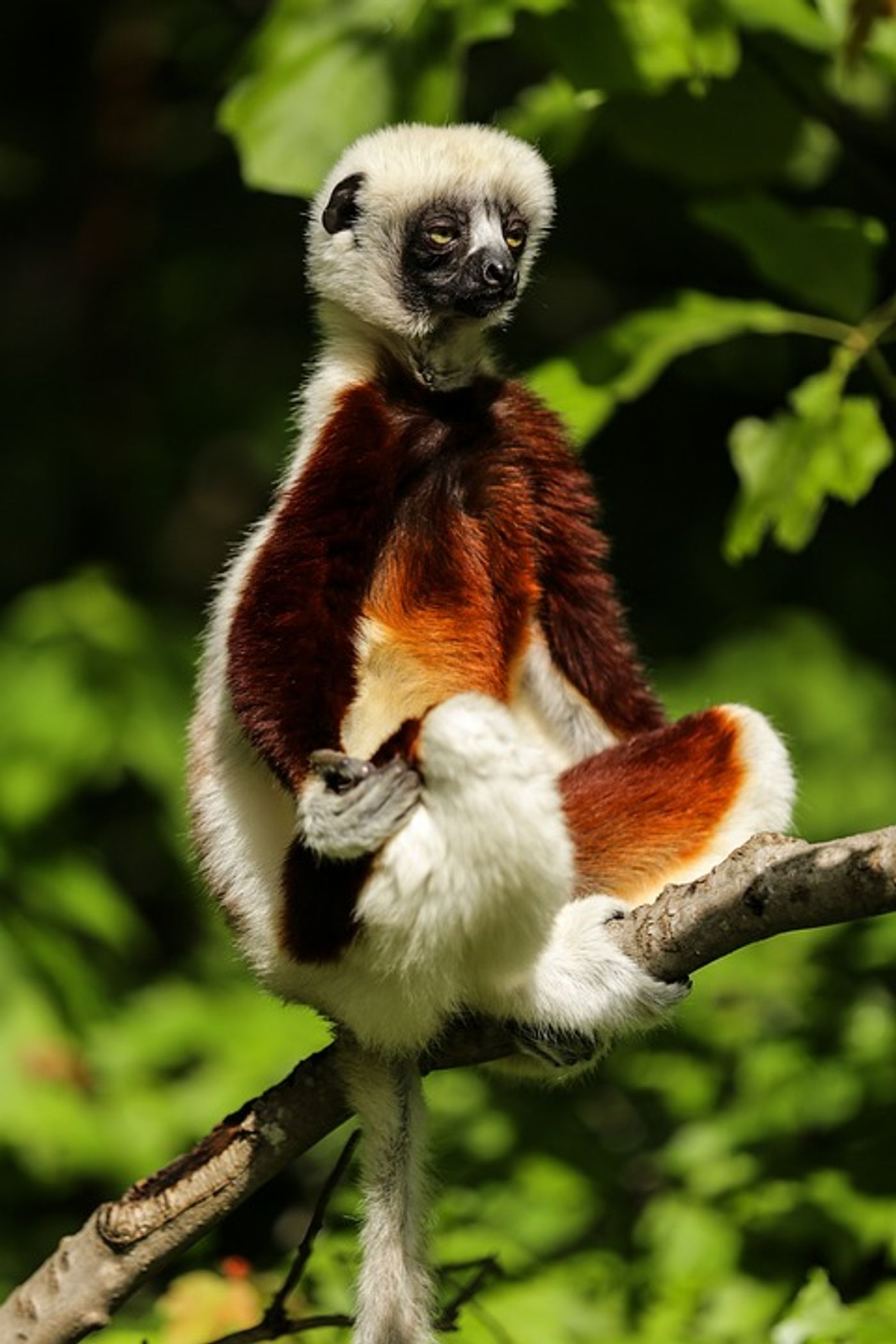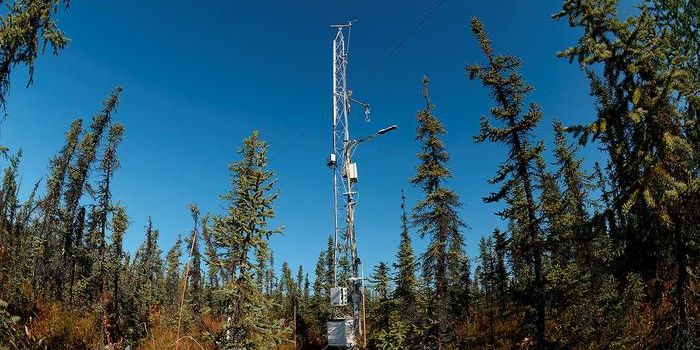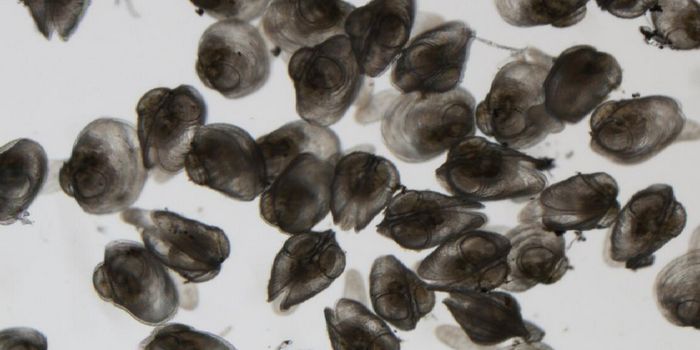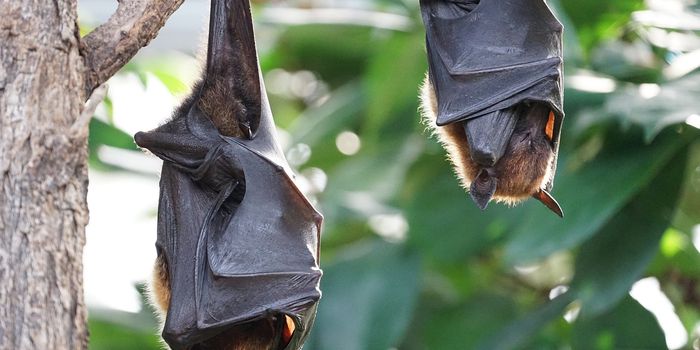It Will Take an Estimated 23 Million Years to replace Madagascar's Endangered Mammal Species
To biologists, Madagascar has been known as a unique experiment in how evolution works in a controlled environment. Lemurs, for example, are the only non-human primate living in Madagascar—seemingly evolved to live and survive in particular niches available only on that island. About 90% of the flora and fauna in Madagascar are found only there and nowhere else on earth (excluding captive plants and animals).
Unfortunately, the species living in Madagascar are in trouble due to habitat loss, climate change, and hunting. When it comes to mammals—including lemurs—120 of the 219 (about 55%) known species are endangered. According to the IUCN Red List, a species categorized as endangered is one that is considered to be facing a very high risk of extinction in the wild.
A new study in Nature Communications explained what could happen if these mammals went extinct, and how long it might take to replace them. The study was led by Nathan M. Michielsen from the Naturalis Biodiversity Center in Leiden, the Netherlands and begins by explaining the rich evolutionary history of the island. In the 150 million years since Madagascar split from the African mainland, and then the 80 million years since it split from India, the flora and fauna have foraged their own evolutionary paths since they were effectively cut off from the rest of the world. This subsequently restricted gene flow and, when combined with myriad habitat types throughout the island, allowed many species to evolve and proliferate at different rates than their continental relatives.
This is costly because while evolution happens faster, extinction does, too. When humans arrived in Madagascar there were likely approximately 250 species of mammals from 33 colonization events (28 of which were by bats!). Since that time, 30 species are thought to have gone extinct. But, what would happen if all 120 endangered mammals actually did go extinct?
The research team compiled a dataset of every known mammal species living on Madagascar in the past 2,500 years (this is when humans consistently inhabited the island), and added phylogeny to establish how the species are all related. In turn, this data was used to estimate how long it took for each species to evolve from a common ancestor. Subsequently, this could be used to estimate how long it would then take to replace the 120 or so endangered mammals. The answer? 23 million years in “evolutionary return time” (ERT).
In other words, these endangered mammal species would be lost and we could not recover them, but if we wait 23 million years, then we can expect 120 new mammal species (of similar evolutionary complexity) to have evolved and proliferated.
The estimated ERT is hypothetical, but extremely important for realizing where Madagascar is in regards to its tipping point. The research team points out that there is conservation work that can be done to help protect some of these species, but we are reaching a point of no return, and therefore we must act quickly. The conservation work in Madagascar is urgent, and the research team cautions that we cannot give up yet. We must work to help the global audience understand that, for many of these species, its now or never.
Sources: IUCN Red List, Nature Communications, EurekAlert









